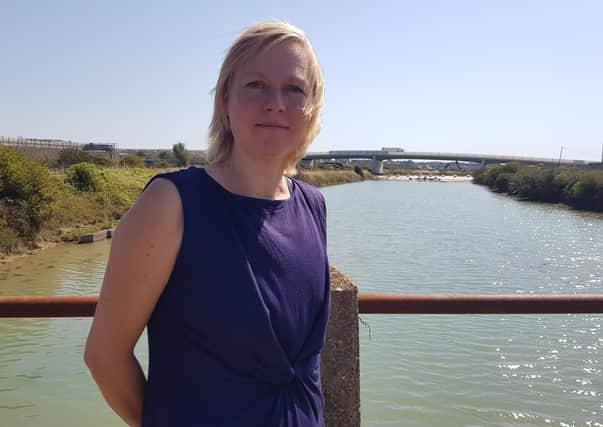Large increased in proposed housebuilding in Lewes under government reforms criticised


The proposals – which are currently out for consultation – cover a wide range of potential changes; including new and “binding” housing targets and the introduction of a zoning system, which would give developers automatic outline planning permission on some sites.
Responding to a question at a full council meeting on Thursday (September 17), Lewes District Council cabinet member for planning Emily O’Brien described the potential changes as being “on a scale not seen since the Second World War.”
Advertisement
Hide AdAdvertisement
Hide AdShe said: “There are strong indications that for our area our compulsory target would be 800 new houses or flats per year – that’s a really big increase from the current 345 new households per year.
“At the same time a move to a zoning system, that’s the new proposals that there should be land allocated to growth, renewal and protection means residents and councillors on planning committees would have a lot less say.
“It would mean less accountability and less democracy.”
Cllr O’Brien also raised concerns over other elements of the proposed reforms. These included potential changes to the way councils secure obligations and financial contributions from developers.
Currently there are two systems in play; the Community Infrastructure Levy (CIL) and Section 106 legal agreements.
Advertisement
Hide AdAdvertisement
Hide AdSection 106 agreements – the older of the two systems – are primarily used to secure conditions (e.g a certain number of affordable homes, an open public space etc) as part of an approved planning permission. This can often take the form of financial contributions from developers.
CIL payments, meanwhile, just require a developer to pay into a funding pot (or more accurately pots), which can be used to pay for infrastructure projects in the wider area.
The government is proposing to replace both with a single system, although details of how this will work are still sparse.
The government is also proposing to temporarily increase the number of houses a developer can build before being required to provide affordable housing. This is known as the affordable housing cap.
Advertisement
Hide AdAdvertisement
Hide AdCurrently, this cap is set at ten homes, meaning that a developer building fewer than ten homes is not required to provide any affordable housing.
The government is proposing to temporarily increase the cap to 40 or 50 homes instead, which it says would support small and medium sized developers to bring forward more housing.
This element of the proposals saw particular concerns raised by Cllr O’Brien.
She said: “If we’d had that threshold of 50 in place over the last five years, Lewes District would have lost 81 affordable homes.
Advertisement
Hide AdAdvertisement
Hide Ad“That is more than a third of the affordable housing that we have managed to secure for residents through our planning system in those five years.
“We will be putting in a full and robust response [to the consultation].
“I have asked officers to set up a session for all councillors so they can fully understand the proposals – which make no mistake are on a scale not seen since the Second World War – and make sure their thoughts are captured in the response we send to government.”
Talk is increasing of further lockdowns in the UK. What do you think of the situation? Join the Big Conversation and have your say on everything from healthcare to how the pandemic has affected you personally and how we make our communities stronger.